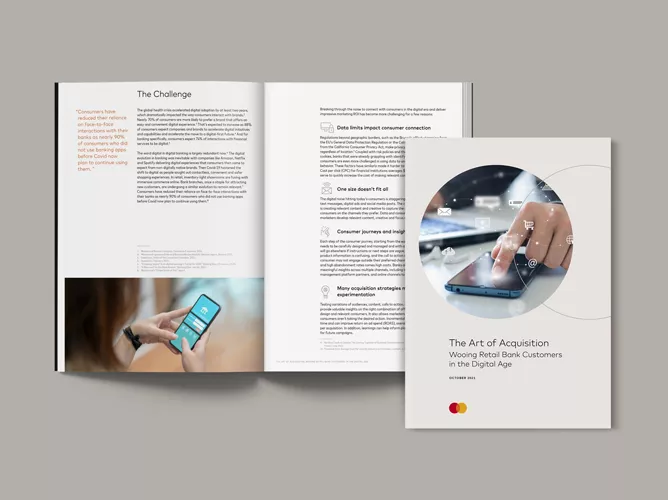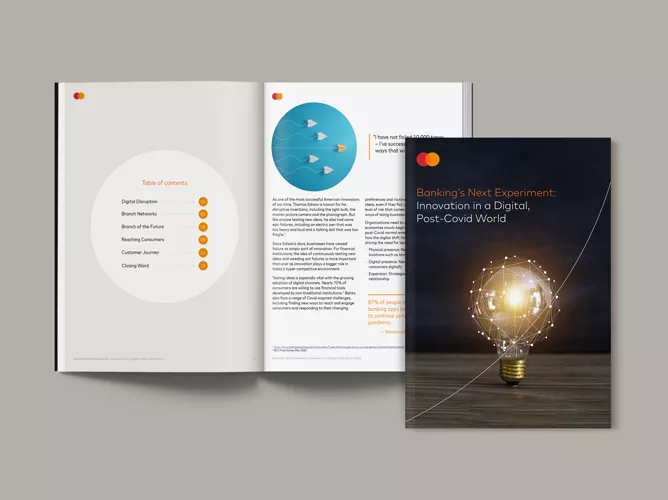The multi-rail payments opportunity for small and medium financial institutions
By Patricia Reynolds and Andres Aguirre, Mastercard Data & Services
Consumers want to choose what to pay, when to pay and how to pay - securely and with certainty regardless of the payment method. This has opened a door for financial institutions in multi-rail payments, where digital payments are helping consumers shift away from cash and cheques. Global cashless payment volumes are projected to increase by more than 80% between 2020 and 2025, from about 1 trillion transactions to almost 1.9 trillion, and to almost triple by 2030.1 Within the multi-rail payments ecosystem, real-time payments (RTP) could reach $193.1 billion by 2030.2
The opportunity for small and medium-sized financial institutions to launch a multi-rail strategy that includes payment solutions, such as cards and non-cards, and an integrated customer experience in the same banking app is tremendous. But many struggle with the business case and a go-to-market strategy for new payment solutions.
These challenges face organizations of all sizes, but small and medium financial institutions, including community banks and credit unions, have unique constraints – limited resources, reliance on third parties for many services, and the required investment to compete and, in some cases, comply with regulations.
In reality, new payment solutions have multiple revenue and operational benefits for small and medium financial institutions. While RTP transaction fees boost revenue, net interest income on certain associated lending products and cross-sell opportunities, unlock further value. Perhaps even more valuable than new revenue streams are protecting existing revenue – offering RTP shows consumers and small businesses that their financial institution is responsive to their needs and may prevent them from switching to competitors. Nearly a quarter of US consumers admitted they would switch to banks that offered a RTP capability.
Payment disruption is happening in some of the most advanced countries, such as the United Kingdom and Singapore, where consumers opt for new ways to pay and non-banks seize the opportunity to provide payments services.
RTP adoption also has the potential to add indirect revenue streams for small and medium intuitions, such as:
Interest revenue from cross sales: New banking customers, including consumers and small businesses, can be offered interest-generating products, such as loans and credit cards.
Increased deposits: New customers acquired through the financial institution’s RTP offering are likely to make deposits there, opening up the opportunity for float interest rates when funds are invested.
Cost savings in fraud management: Due to increased security and customer authentication requirements in real-time payments, fraud rates are expected to decrease substantially, leading to lower costs incurred by the financial institution.
Cost savings in cash management: Large-scale real-time payment adoption is expected to significantly decrease the amount of cash in circulation, which could allow small and medium financial institutions to avoid the overhead costs of cash management.
Get more insight and direction on the multi-rail payments opportunity and a framework for developing a multi-rail payments strategy in our newest report.
2“Real-Time Payments Market Growth & Trends”, Grand view Research, 2022
3“Increasing collections & satisfaction: Real-time payments for loan servicing”, ACI Worldwide, 2018











